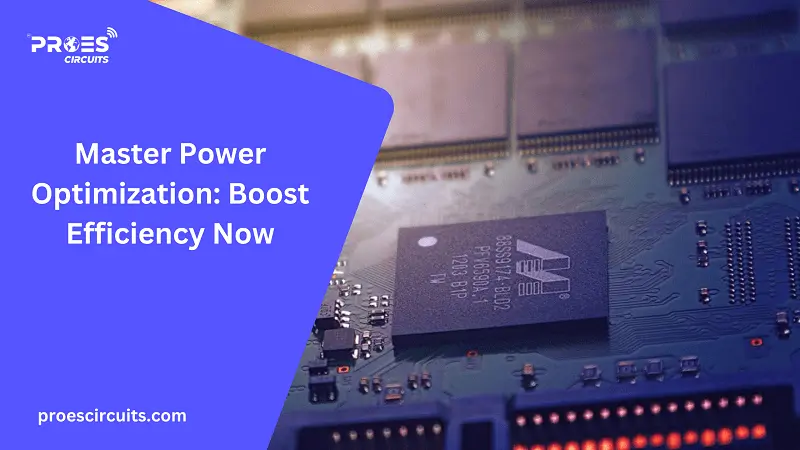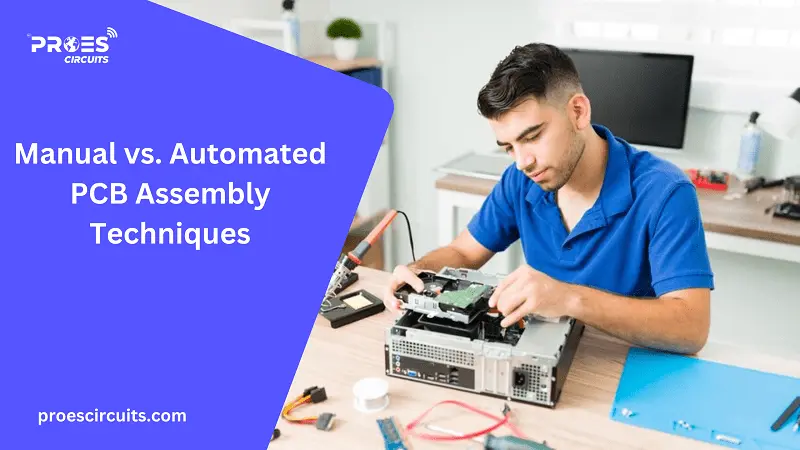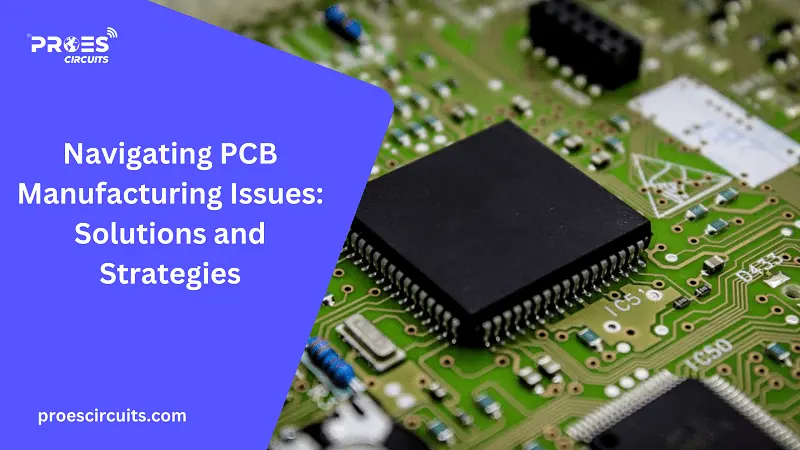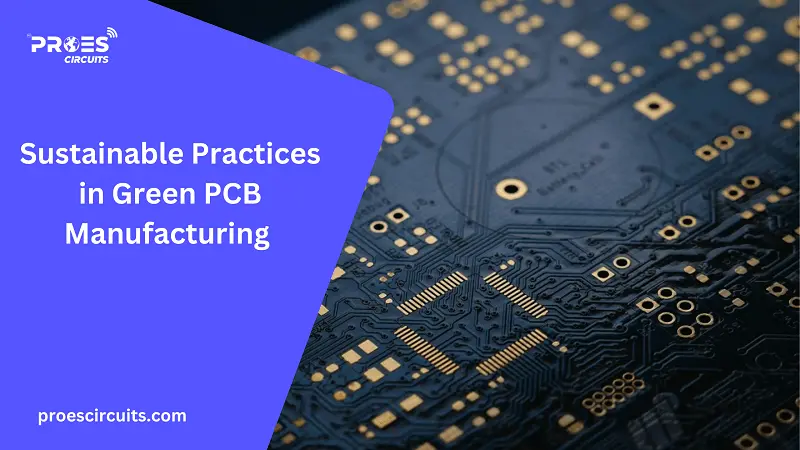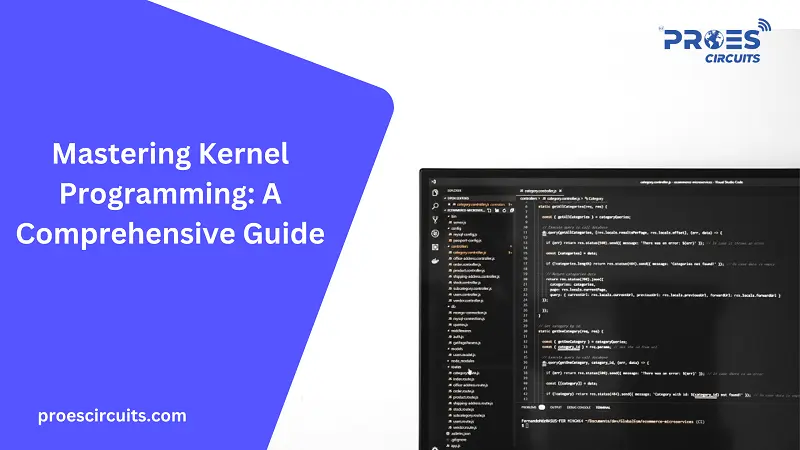Introduction to Power Optimization
Power Optimization is the process of minimizing the energy consumption of electronic systems and devices while maintaining or enhancing their performance and functionality. This concept has gained immense importance as industries strive for more energy-efficient solutions amidst growing environmental concerns and the escalating cost of energy. Power optimization techniques are crucial in reducing operational costs, extending battery life, and decreasing the environmental impact by lowering carbon emissions.
The relevance of power optimization spans various sectors, including consumer electronics, where it enhances the portability and longevity of devices like smartphones and laptops; in data centers, it significantly reduces energy consumption, leading to substantial cost savings and reduced environmental footprint; and in the realm of Internet of Things (IoT) devices, power optimization ensures longer operational periods without frequent recharges. The pursuit of power optimization reflects a broader commitment to sustainable development and energy conservation across technology-driven industries, highlighting its critical role in shaping the future of electronic design and innovation.
Fundamental Principles of Power Optimization
At the core of power optimization lies the understanding of power consumption in digital circuits, which is primarily categorized into static and dynamic power consumption. Static power consumption, also known as leakage power, occurs even when the device is not actively switching states. It results from the transistor leakage currents in an idle state, a phenomenon that becomes more pronounced as semiconductor manufacturing processes shrink to nanometer scales. On the other hand, dynamic power consumption is attributed to the charging and discharging of capacitors during the switching of transistors, which is directly proportional to the switching frequency, the capacitive load, and the square of the supply voltage.
Minimizing these power expenditures requires a multifaceted approach. Techniques to reduce static power focus on improving transistor design and optimizing threshold voltages, while strategies to lower dynamic power consumption involve managing the switching activity and optimizing the circuit’s operating voltage and frequency. The balance between static and dynamic power management is crucial for the efficient design of both high-performance and low-power electronic systems, influencing the device’s battery life, thermal characteristics, and overall energy footprint. This understanding serves as the foundation for exploring more complex power optimization strategies across hardware and software domains.
Techniques for Power Optimization
Given the extended word count for a comprehensive discussion on Techniques for Power Optimization, let’s break this section into three main parts: hardware-level, software-level, and system-level strategies. This will ensure a detailed exploration of each category, showcasing the multifaceted approach required for effective power management.
Hardware-Level Optimization Techniques
In the realm of hardware design, power optimization techniques are essential for minimizing energy consumption while maintaining performance. Among these, clock gating, power gating, and Dynamic Voltage and Frequency Scaling (DVFS) are pivotal.
Clock gating is a widely used technique that reduces dynamic power consumption by disabling the clock signal to parts of the circuitry that are not in use, effectively reducing the switching activity that contributes to power drain.
Power gating goes a step further by completely turning off the power supply to inactive components, significantly reducing both dynamic and static power consumption. This technique requires careful design to manage the state retention and wake-up latency effectively.
Dynamic Voltage and Frequency Scaling (DVFS) is a sophisticated approach that adjusts the operating voltage and frequency according to the workload. By lowering the voltage and frequency during periods of reduced performance demand, DVFS can drastically cut down the power usage, balancing the trade-off between performance and energy efficiency.
Software-Level Optimization Strategies
At the software level, optimization focuses on refining the code and algorithms to reduce power consumption without compromising functionality. Algorithm optimization involves selecting or designing algorithms that achieve the desired outcome with fewer computations, less memory usage, and reduced I/O operations. This reduction in resource demand directly translates to lower energy consumption, especially significant in mobile and embedded systems.
Power-aware coding practices encompass a range of strategies from optimizing data structures for efficiency, minimizing unnecessary computations, and leveraging low-power operating modes provided by the hardware. For instance, developers can ensure that software routines are aligned with hardware power-saving features, such as entering a sleep mode during inactivity or scaling down resource use when full performance is unnecessary.
System-Level Strategies for Power Management
System-level strategies integrate hardware and software optimizations to achieve comprehensive power management. Energy-efficient system design involves creating systems that inherently consume less power, such as using components with lower power requirements or architectures that facilitate power saving across the entire device.
Adaptive power management systems take a dynamic approach to optimize power use in real-time, based on current operating conditions. These systems monitor the system’s performance needs and environmental conditions, adjusting power settings on the fly. Techniques like automatic power state transitions, energy harvesting, and thermal management are employed to ensure that the system operates within its most efficient power envelope.
By implementing adaptive power management, systems can not only reduce their energy consumption significantly but also extend their operational lifespan and reduce cooling requirements, leading to more sustainable and cost-effective operations.
Energy-efficient system design and adaptive power management systems represent the pinnacle of integrated approaches to power optimization, leveraging both hardware and software innovations to minimize energy consumption while maintaining or enhancing system performance.
Energy-Efficient System Design
The cornerstone of energy-efficient system design is the careful selection and integration of components and subsystems optimized for low power consumption. This approach encompasses the entire design process, from component selection to architectural layout, focusing on minimizing energy use across all operational modes. Designers prioritize components that offer the best performance-to-power ratios and employ architectures that facilitate power saving. For example, utilizing processors with built-in energy-saving features, such as those that can dynamically adjust power levels based on workload, can significantly reduce the overall power footprint of a system.
In addition to component selection, energy-efficient design also involves optimizing the system layout to reduce power loss through heat dissipation and electrical inefficiency. Techniques such as efficient power routing, thermal management through strategic placement of heat sources, and the use of low-power communication protocols all contribute to reducing the energy consumption of the system.
Adaptive Power Management Systems
Adaptive power management systems take the concept of power optimization further by dynamically adjusting the power usage of a system in response to changing operational requirements and conditions. This real-time optimization approach not only ensures that the system consumes the least amount of power necessary for the current task but also adapts to environmental conditions, user preferences, and other external factors.
Key features of adaptive power management include:
- Dynamic Voltage and Frequency Scaling (DVFS): Automatically adjusting the processor’s voltage and frequency to match the required performance level, reducing power consumption during less intensive operations.
- Power Gating: Selectively shutting down parts of the system that are not in use, effectively eliminating their power consumption while not active.
- Sleep and Wake-up Scheduling: Implementing intelligent algorithms that determine the optimal times for entering low-power sleep modes and waking up, based on usage patterns and predicted future activity.
- Thermal Management: Adjusting power usage to control the system’s temperature, preventing overheating and reducing the need for active cooling solutions, which themselves consume power.
Adaptive power management relies heavily on sophisticated software algorithms that can predict, monitor, and adjust the system’s power consumption in real-time. These algorithms consider various data inputs, including user activity, application demands, and sensor data, to make informed decisions about power management.
Conclusion and Future Directions
In conclusion, power optimization is crucial for enhancing energy efficiency and sustainability across various technologies. Through innovative hardware-level techniques, software-driven strategies, and integrated system-level approaches, significant advancements have been made. Future trends will likely focus on AI-driven power management, further integration of energy harvesting, and the development of more adaptive and autonomous power optimization systems, steering technology towards even greater efficiency and environmental responsibility.

